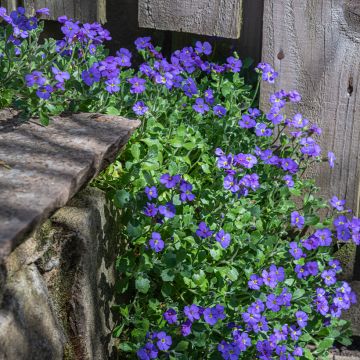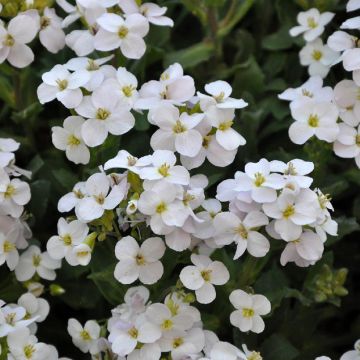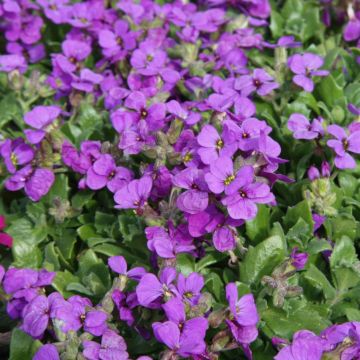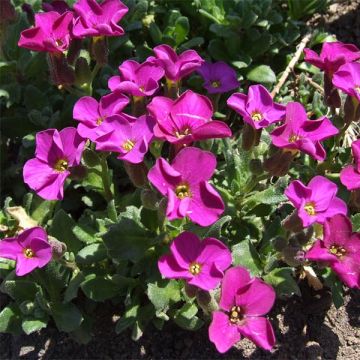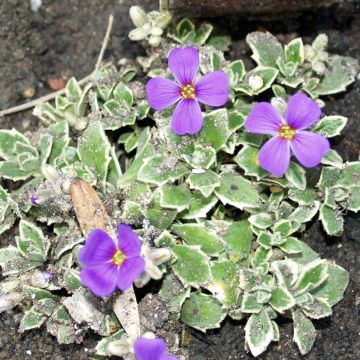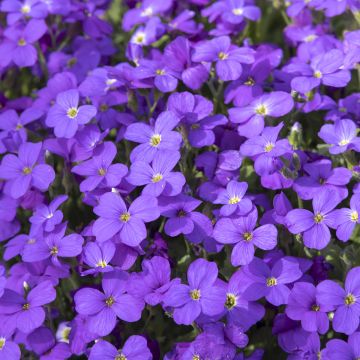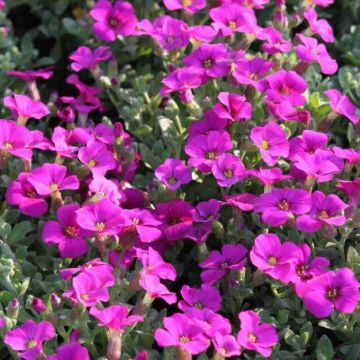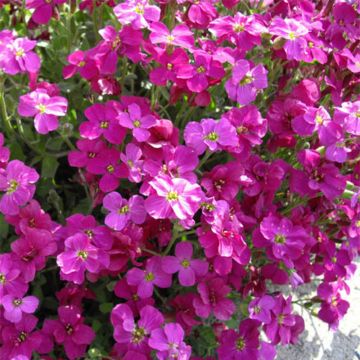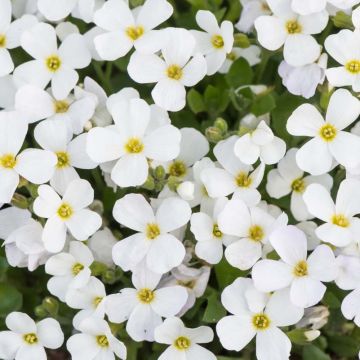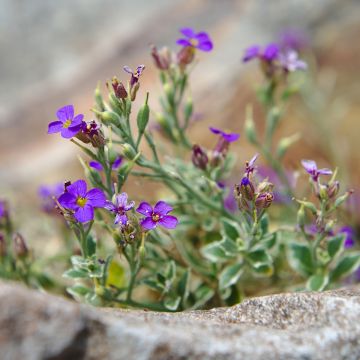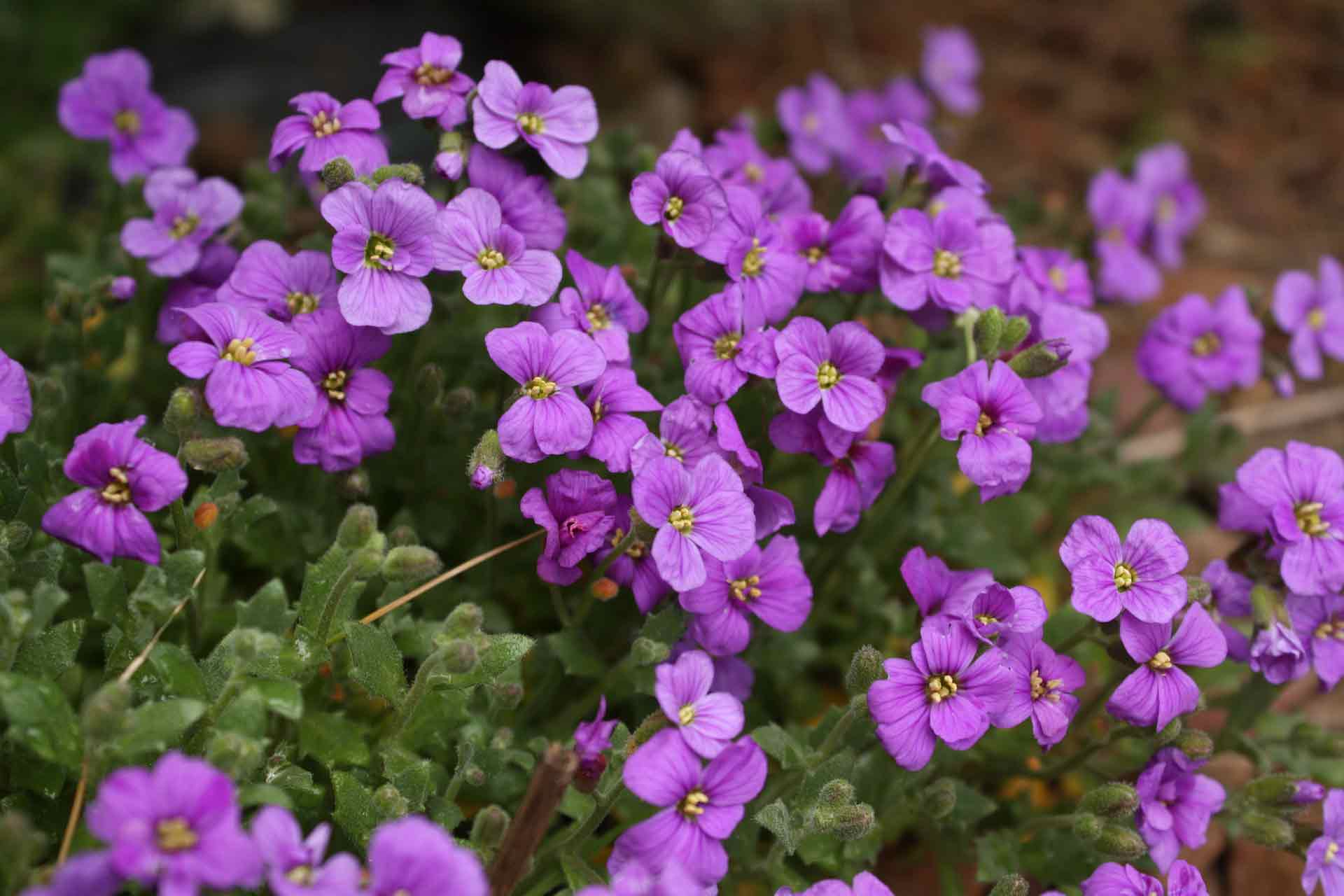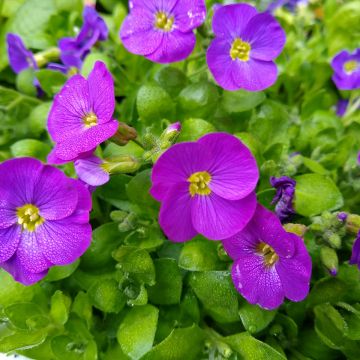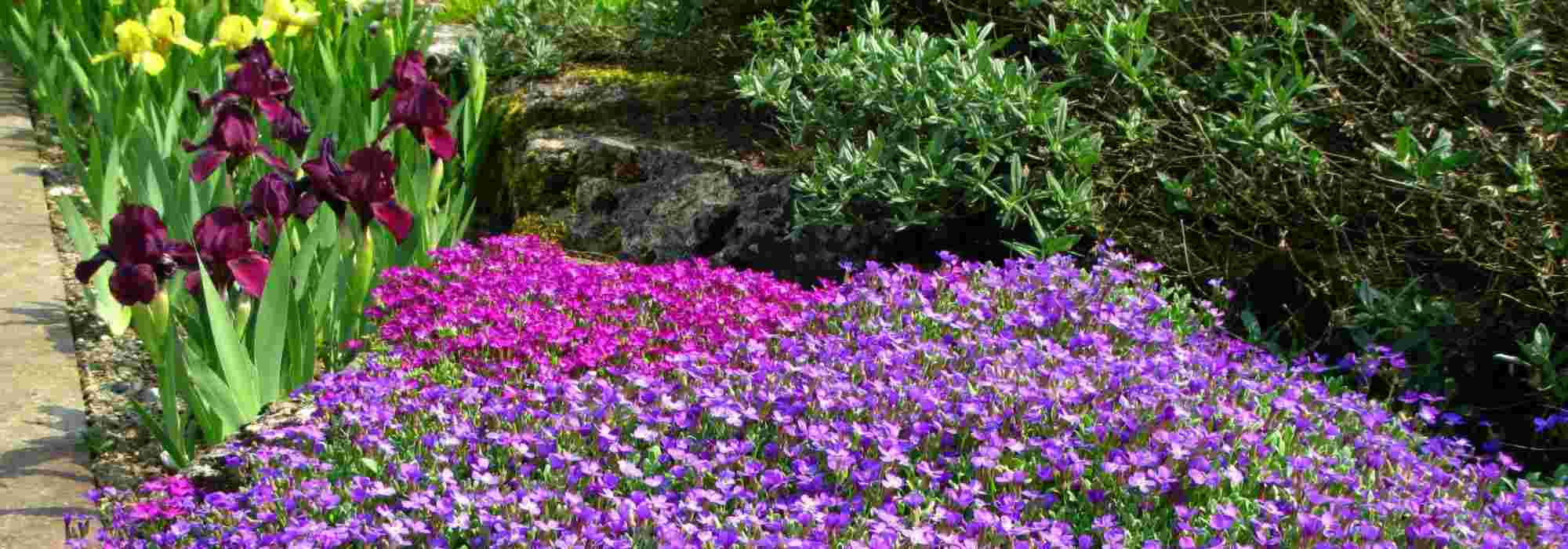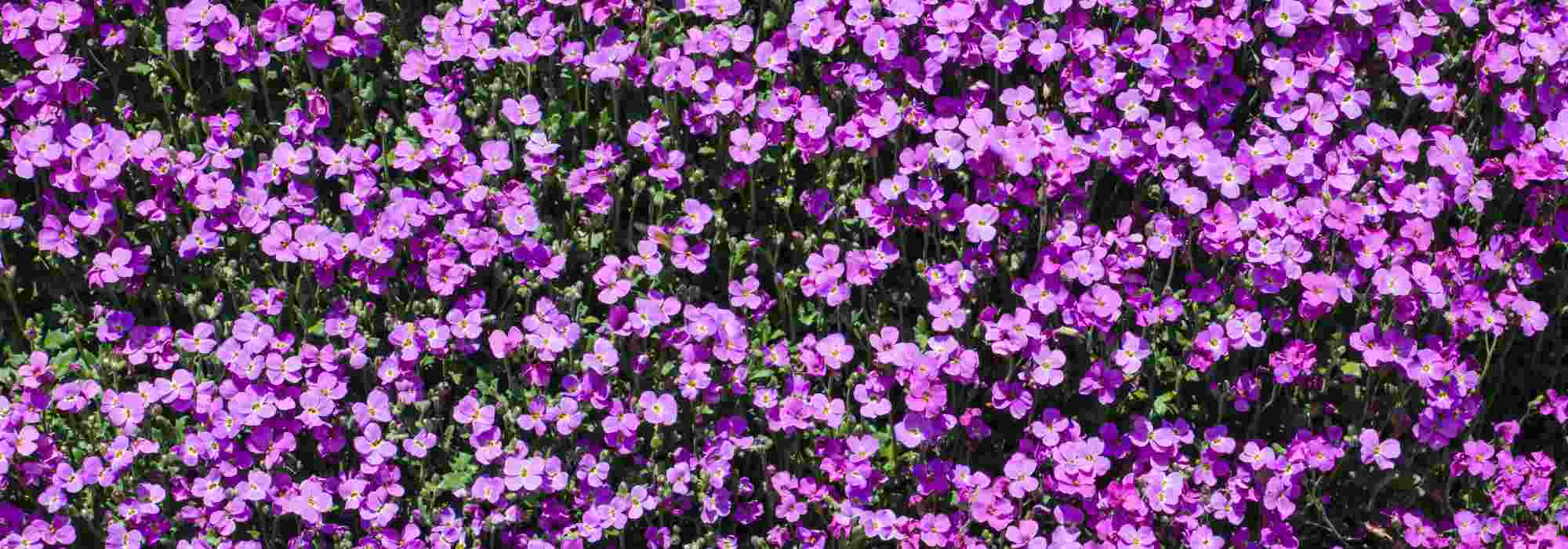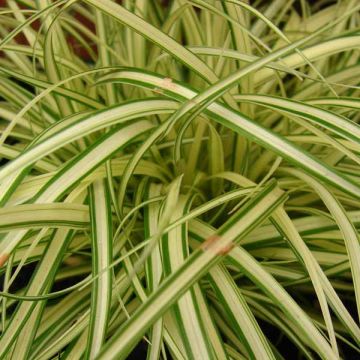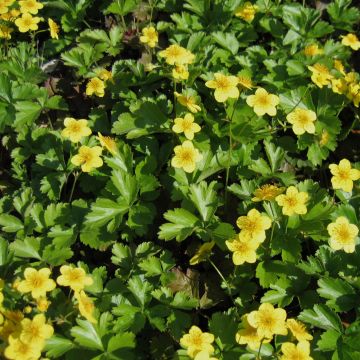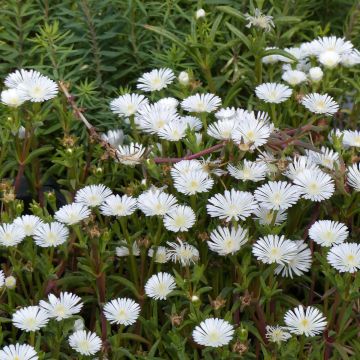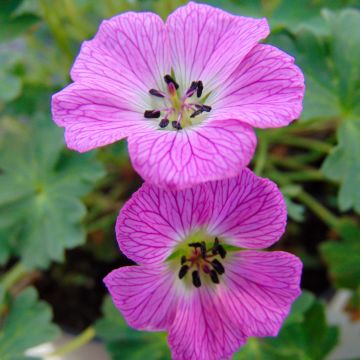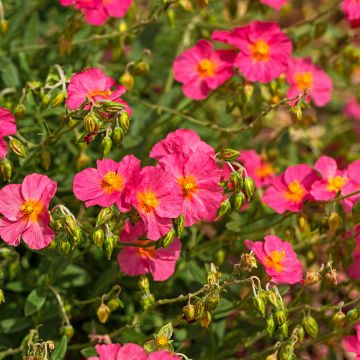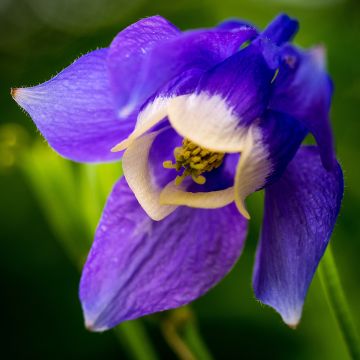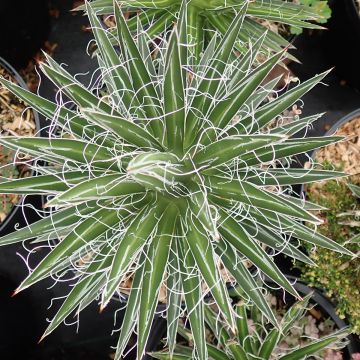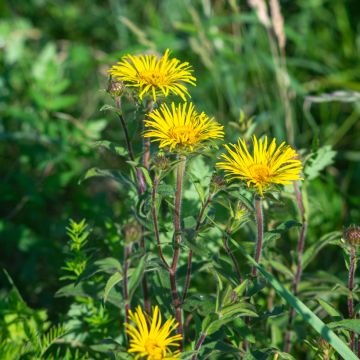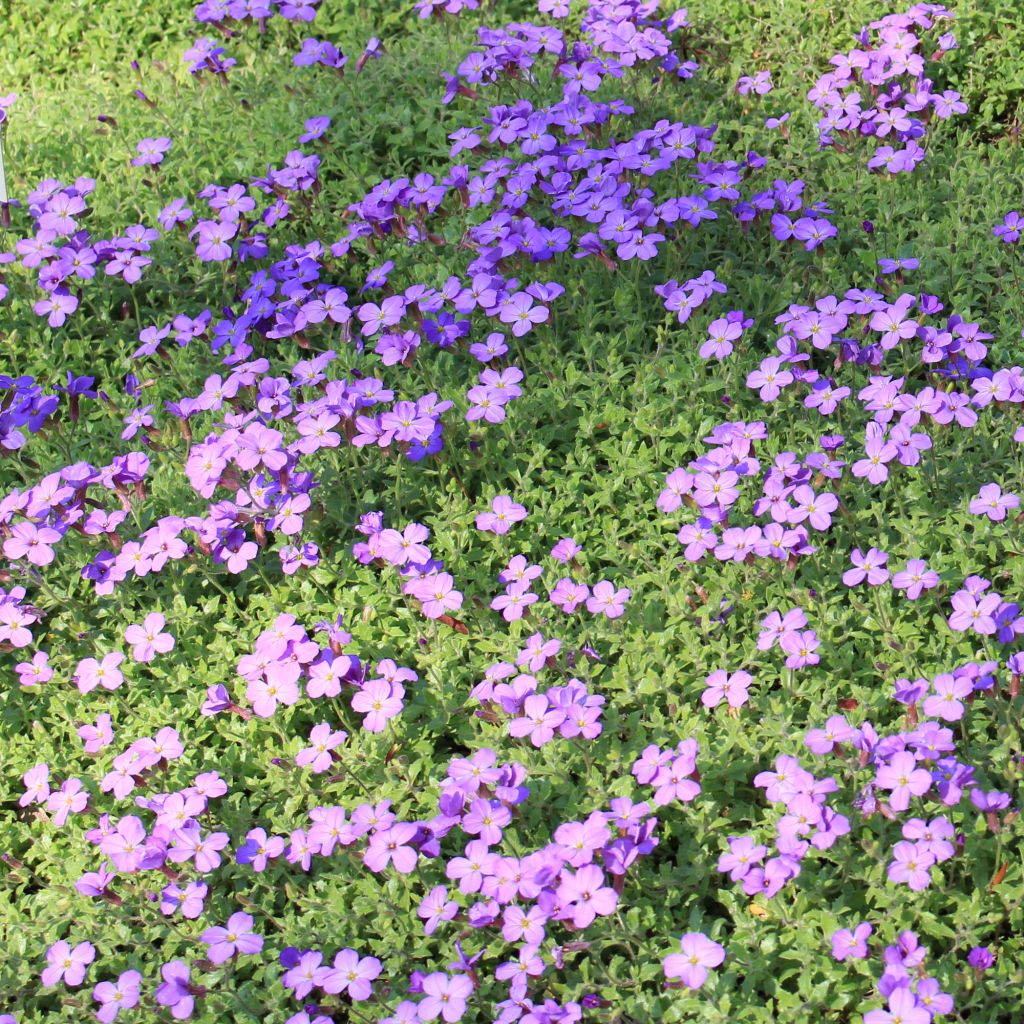

Aubrieta canescens subsp. cilicica
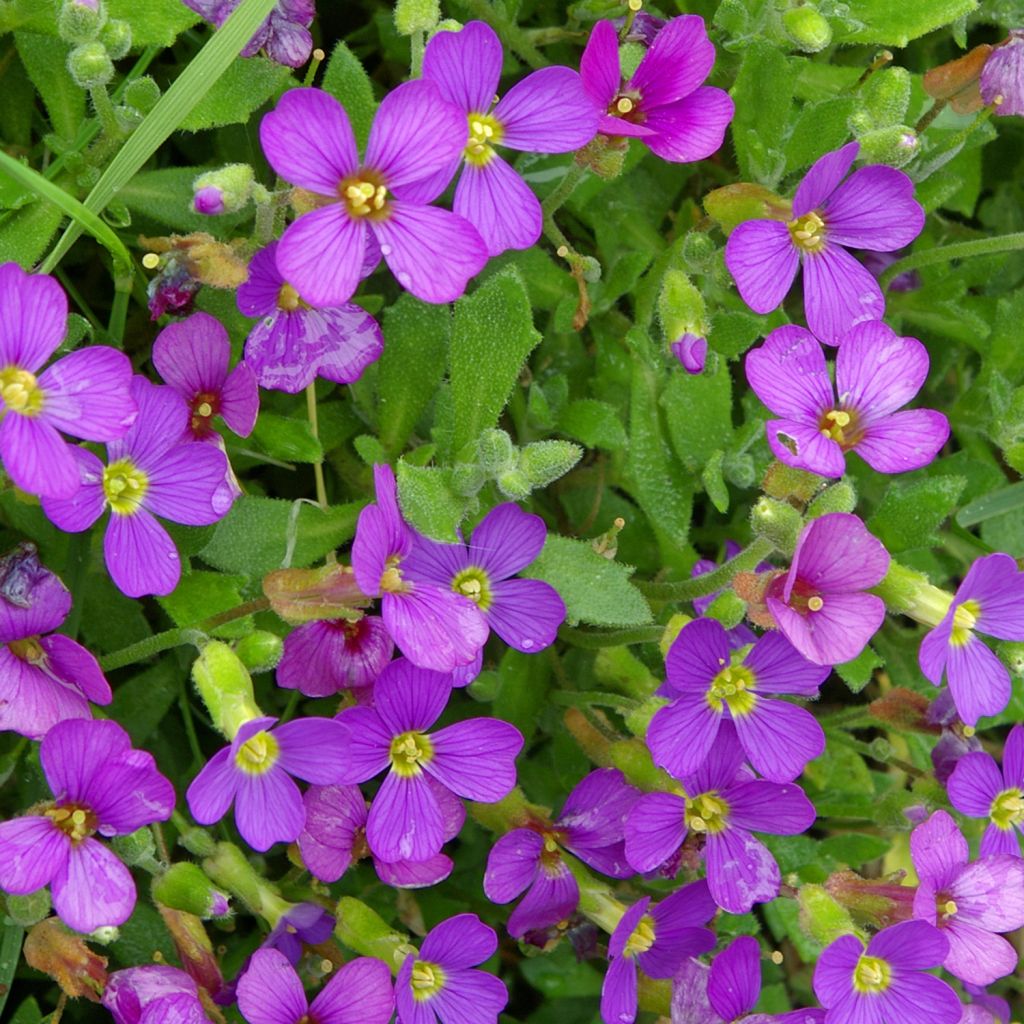

Aubrieta canescens subsp. cilicica
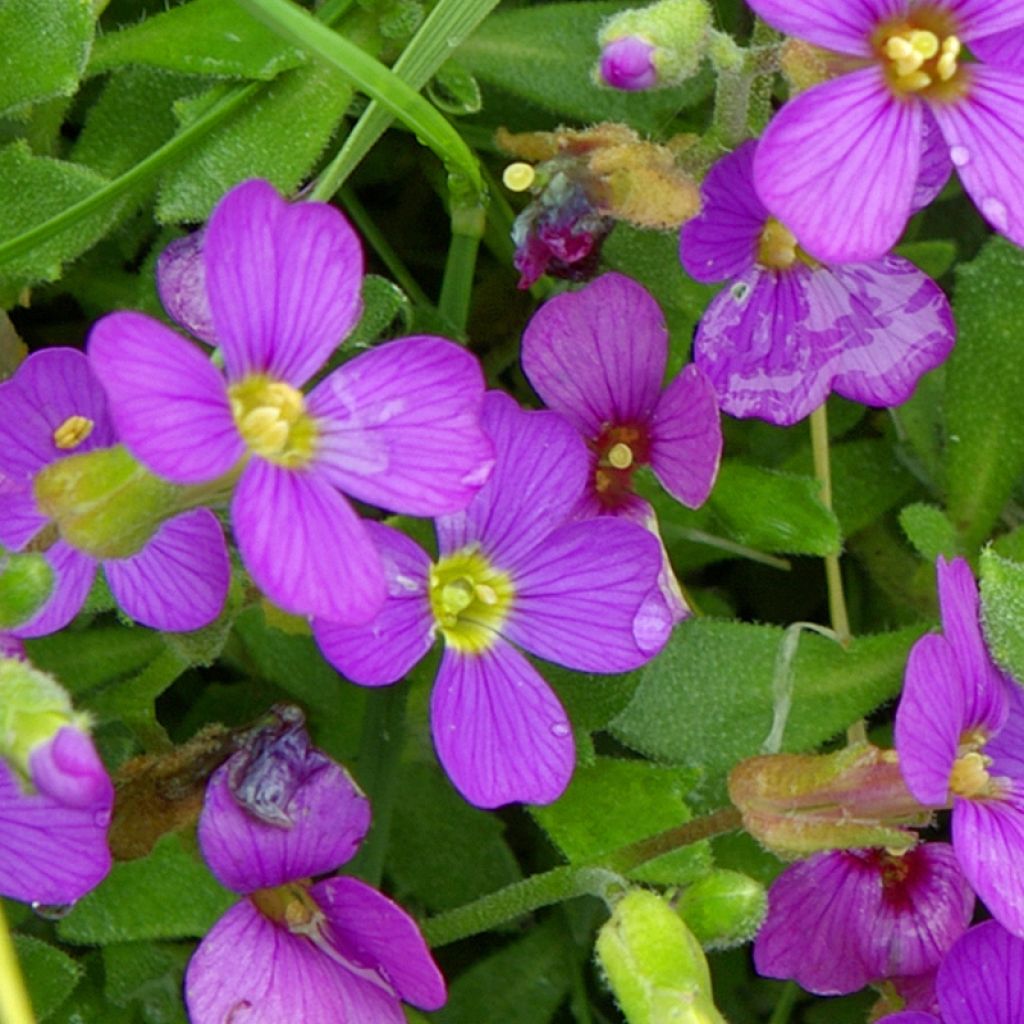

Aubrieta canescens subsp. cilicica
Aubrieta canescens subsp. cilicica
Aubrieta canescens ssp. cilicica
Rock cress
Special offer!
Receive a €20 voucher for any order over €90 (excluding delivery costs, credit notes, and plastic-free options)!
1- Add your favorite plants to your cart.
2- Once you have reached €90, confirm your order (you can even choose the delivery date!).
3- As soon as your order is shipped, you will receive an email containing your voucher code, valid for 3 months (90 days).
Your voucher is unique and can only be used once, for any order with a minimum value of €20, excluding delivery costs.
Can be combined with other current offers, non-divisible and non-refundable.
Why not try an alternative variety in stock?
View all →This plant carries a 12 months recovery warranty
More information
We guarantee the quality of our plants for a full growing cycle, and will replace at our expense any plant that fails to recover under normal climatic and planting conditions.
Would this plant suit my garden?
Set up your Plantfit profile →
Description
Aubrieta canescens ssp. cilicica is an aubrieta native to the high mountains of Turkey. It is a rare species in cultivation, different from our hybrid aubrietas, and is particularly well adapted to dry soils and cold winters. This small perennial grows as a compact cushion and offers countless small blue-violet flowers in late spring, which appear to be resting on a carpet of small grey-green leaves. This small drought-tolerant perennial will spread as a very low cushion in a rockery or drape over the top of a dry stone wall. A treasure for alpine gardens and dry gardens, to be grown in full sun in the rockery or on top of a wall.
Aubrieta canescens is also known as Aubrieta deltoidea var. canescens, Aubrieta canescens subsp. macrostyla, and Aubrieta canescens subsp. canescens, probably due to the very light colour of its foliage covered with a protective down. It belongs to the Brassicaceae family, just like cabbage, rapeseed, and mustard. It is native to Cilicia, a province attached to the Turkish territory. The natural habitat of this small perennial is rocky and limestone scree in the mountains, at an altitude between 1000 and 2500m (3281 and 8202ft). This particularly compact subspecies forms a very dense cushion of 10 to 15 cm (4 to 6in) in height when in flower, with a diameter of about 20 cm (8in), expanding over time. The prostrate stems bear small ovate, hairy, and toothed leaves, resembling those of silver baskets. The flowers appear in April-May, depending on the climate. Grey stems emerge from the foliage, each bearing a small flower measuring 1 to 2 cm (1in), with a bright blue-violet colour and a yellow throat.
Ideal in dry rockeries, walls, borders of gravel beds, and paving, this aubrieta loves sunny exposures and requires well-drained soil. It can be combined with other small creeping perennials such as campanulas, creeping baby's breath, Cerastium tomentosum, Alyssum saxatile, or Artemisia Schmidtiana. It can also be grown in an alpine trough with other small perennials that prefer limestone soil, such as Arabis caucasica, Erigeron compositus, or Penstemon glaber alpinus.
Aubrieta canescens subsp. cilicica in pictures
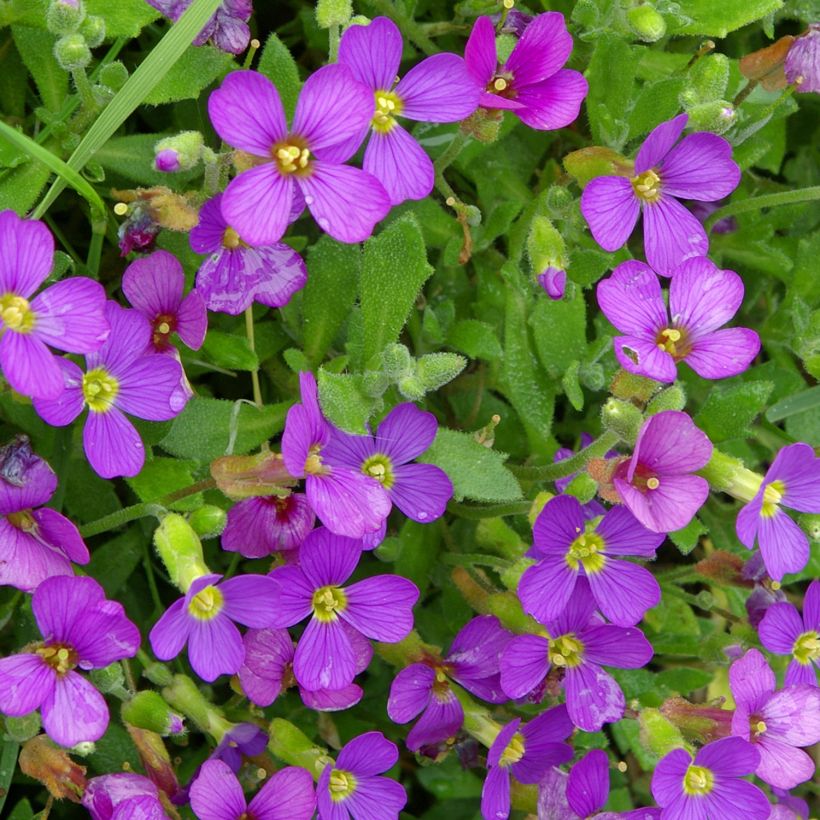

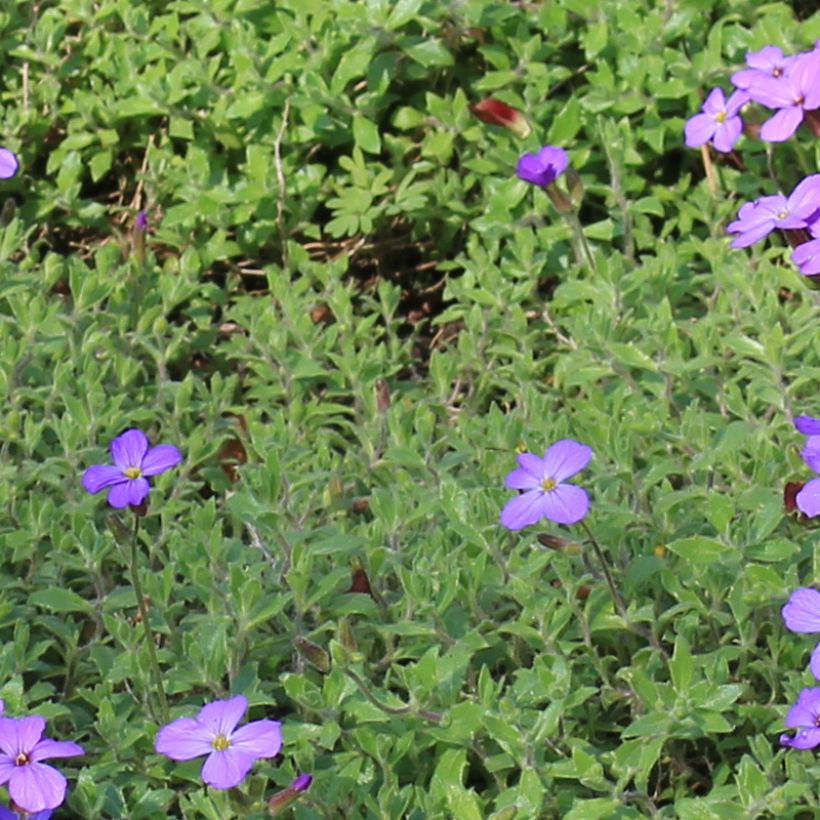

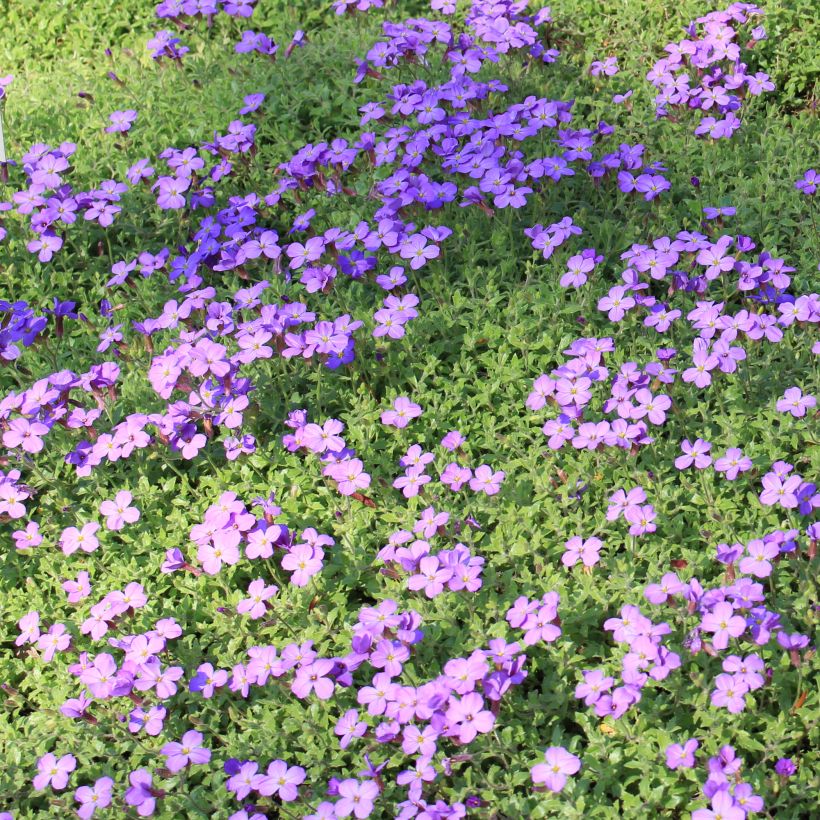

Flowering
Foliage
Plant habit
Botanical data
Aubrieta
canescens
ssp. cilicica
Brassicaceae
Rock cress
Caucasus
Other Aubrieta - Rock Cress
View all →Planting and care
Aubrieta canescens ssp cilicica can be planted in any ordinary soil, but preferably a well-drained soil that is dry in summer and stony. This small perennial tolerates limestone very well. Choose a very sunny position, in a soil free of invasive plants to help it establish. Moisture and competition from other taller plants, including annuals, are the enemies of this plant, as is often the case for specialised plants that are well adapted to arid situations. The rocks in the rockery will provide it with a safe shelter and limit the spread of invasive plants.
Planting period
Intended location
Care
Planting & care advice
This item has not been reviewed yet - be the first to leave a review about it.
Similar products
Haven't found what you were looking for?
Hardiness is the lowest winter temperature a plant can endure without suffering serious damage or even dying. However, hardiness is affected by location (a sheltered area, such as a patio), protection (winter cover) and soil type (hardiness is improved by well-drained soil).

Photo Sharing Terms & Conditions
In order to encourage gardeners to interact and share their experiences, Promesse de fleurs offers various media enabling content to be uploaded onto its Site - in particular via the ‘Photo sharing’ module.
The User agrees to refrain from:
- Posting any content that is illegal, prejudicial, insulting, racist, inciteful to hatred, revisionist, contrary to public decency, that infringes on privacy or on the privacy rights of third parties, in particular the publicity rights of persons and goods, intellectual property rights, or the right to privacy.
- Submitting content on behalf of a third party;
- Impersonate the identity of a third party and/or publish any personal information about a third party;
In general, the User undertakes to refrain from any unethical behaviour.
All Content (in particular text, comments, files, images, photos, videos, creative works, etc.), which may be subject to property or intellectual property rights, image or other private rights, shall remain the property of the User, subject to the limited rights granted by the terms of the licence granted by Promesse de fleurs as stated below. Users are at liberty to publish or not to publish such Content on the Site, notably via the ‘Photo Sharing’ facility, and accept that this Content shall be made public and freely accessible, notably on the Internet.
Users further acknowledge, undertake to have ,and guarantee that they hold all necessary rights and permissions to publish such material on the Site, in particular with regard to the legislation in force pertaining to any privacy, property, intellectual property, image, or contractual rights, or rights of any other nature. By publishing such Content on the Site, Users acknowledge accepting full liability as publishers of the Content within the meaning of the law, and grant Promesse de fleurs, free of charge, an inclusive, worldwide licence for the said Content for the entire duration of its publication, including all reproduction, representation, up/downloading, displaying, performing, transmission, and storage rights.
Users also grant permission for their name to be linked to the Content and accept that this link may not always be made available.
By engaging in posting material, Users consent to their Content becoming automatically accessible on the Internet, in particular on other sites and/or blogs and/or web pages of the Promesse de fleurs site, including in particular social pages and the Promesse de fleurs catalogue.
Users may secure the removal of entrusted content free of charge by issuing a simple request via our contact form.
The flowering period indicated on our website applies to countries and regions located in USDA zone 8 (France, the United Kingdom, Ireland, the Netherlands, etc.)
It will vary according to where you live:
- In zones 9 to 10 (Italy, Spain, Greece, etc.), flowering will occur about 2 to 4 weeks earlier.
- In zones 6 to 7 (Germany, Poland, Slovenia, and lower mountainous regions), flowering will be delayed by 2 to 3 weeks.
- In zone 5 (Central Europe, Scandinavia), blooming will be delayed by 3 to 5 weeks.
In temperate climates, pruning of spring-flowering shrubs (forsythia, spireas, etc.) should be done just after flowering.
Pruning of summer-flowering shrubs (Indian Lilac, Perovskia, etc.) can be done in winter or spring.
In cold regions as well as with frost-sensitive plants, avoid pruning too early when severe frosts may still occur.
The planting period indicated on our website applies to countries and regions located in USDA zone 8 (France, United Kingdom, Ireland, Netherlands).
It will vary according to where you live:
- In Mediterranean zones (Marseille, Madrid, Milan, etc.), autumn and winter are the best planting periods.
- In continental zones (Strasbourg, Munich, Vienna, etc.), delay planting by 2 to 3 weeks in spring and bring it forward by 2 to 4 weeks in autumn.
- In mountainous regions (the Alps, Pyrenees, Carpathians, etc.), it is best to plant in late spring (May-June) or late summer (August-September).
The harvesting period indicated on our website applies to countries and regions in USDA zone 8 (France, England, Ireland, the Netherlands).
In colder areas (Scandinavia, Poland, Austria...) fruit and vegetable harvests are likely to be delayed by 3-4 weeks.
In warmer areas (Italy, Spain, Greece, etc.), harvesting will probably take place earlier, depending on weather conditions.
The sowing periods indicated on our website apply to countries and regions within USDA Zone 8 (France, UK, Ireland, Netherlands).
In colder areas (Scandinavia, Poland, Austria...), delay any outdoor sowing by 3-4 weeks, or sow under glass.
In warmer climes (Italy, Spain, Greece, etc.), bring outdoor sowing forward by a few weeks.






























